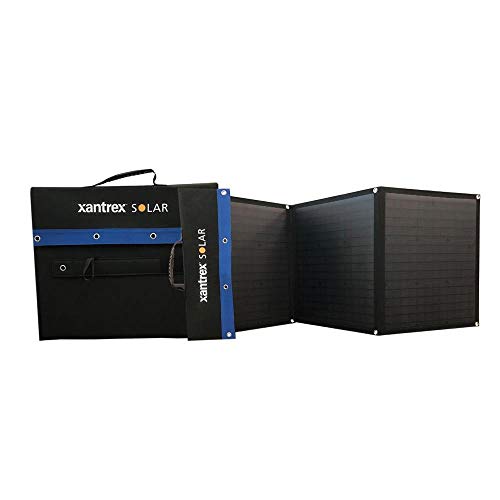So it looks like from this that the colder it is outside the less fuel that it uses? I'm trying to figure out the fuel usage and going this direction. It looks like it uses about $2 worth of diesel a day in very cold weather. I think It would probably use more fuel on colder days. It also draws on the battery system. My new Martin Catalytic uses three 1lb bottles in a day and costs me $ 0.15 cents to refill each bottle. That's on the low setting, running all 24 hours, and the space is a typical low top passenger van with excellent insolation and tightly controlled ventilation. I don't know if a diesel heater can run down to 1500btu or not. I can heat the van on $.050 cents or less per day. That's $15 per month compared to my apartment that is around $120 per month.
I must have miss quoted fuel use. The reason I chose Chines Diesel Heaters was several. First was that I had used them for many years before, a known device. (Long haul truck driver in very cold climates) Another was that they provided dry heat. Another was I had used them over time. I did change trucks from time to time, some with no auxiliary heat source, which required me to find something temporary, I chose Buddy Heater. those heaters used propane for fuel. the by product of that heat was moisture, lots of it. In cold climates Ice would form inside on windows and exposed metal surfaces. Anything cloth felt damp (blankets, pillows, clothes) In addition, later I found mold growing under the inside shell on the metal walls of the cab. Fuel cost seemed about the same for both.
Because The truck was equipped with 4 to 6 huge batteries, there was no concern about electrical power.
I was always happy to get my truck back that had the diesel heat.
I now live in a large camper trailer which has a propane furnace. It too provides a dry heat but is very expensive to use. So I installed , you guessed it, a Chines Diesel Heater. The climate where I am now, for the last two months ranges between 35 degrees to a recent Low of Minus 5, with wind chill to minus 20.
The 5kw model that I use would be too much for a van. The 2kw model would be a better choice.
I use 2 deep cycle marine batteries which I recharge every day from solar or a generator. recently due to short days and heavy cloud cover, the generator is the main source used for recharge. there is a fuel cost for that also.
My budget is flexible so I don't keep close track of short term costs. For example I do not factor in comfort level or long term replacement or repair cost or how trouble free the unit is.
In 2 years I have not given a thought to the heater, I just push the button and it works.
In fact, thinking about it last night, I decided to give the thing a good cleaning inside and out. Took about an hour. Replaced the motor bearings while I was at it. A long time ago, I had ordered a repair kit which after some searching I found. Price tag at the time was $3.00. Soap and water, a can of compressed air, two flat bladed screw drivers to use to pry off the blower impellers, Alan wrench, Phillips screw driver, #10 and #13 open end wrench, a few cuss words to make things go easier--It was done.
Re-installed it, runs like new. Then of course getting the carbon off my hands,, now that's some nasty stuff. Good for another two years. May have to wash my hands again before that time arrives but we shall see.
Through the summer coming, I'll be traveling the northern tear of states and then into fall and winter to the Southwest where I'll only be using the heater once in a while is my guess.
What ever source of heat you chose, you can always change your mind. That will give you something to do and keep you out of mischief.
























































